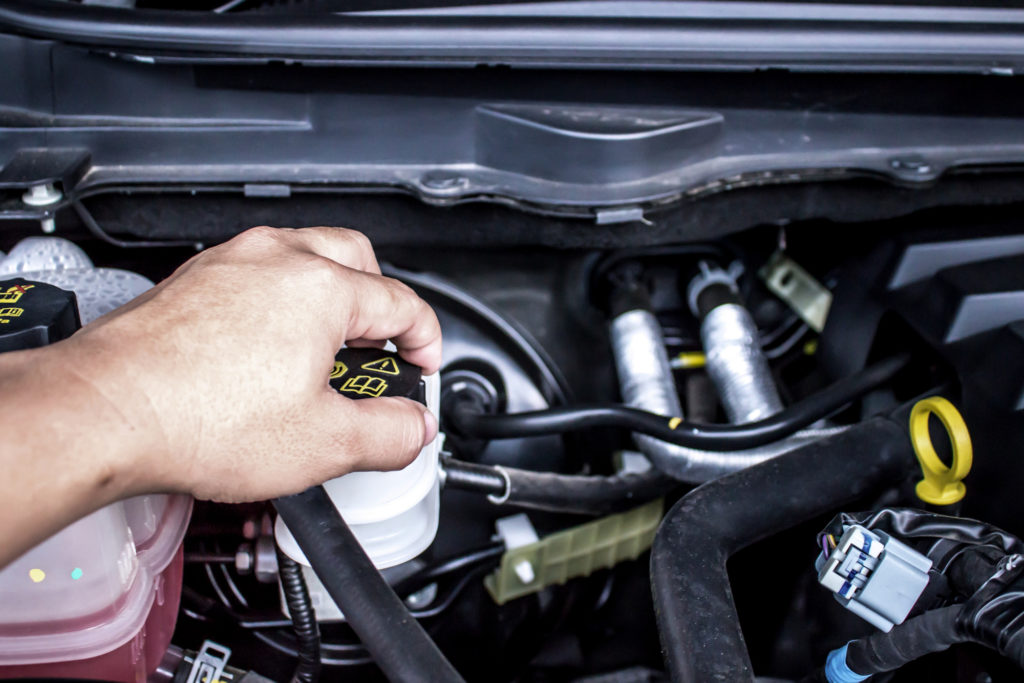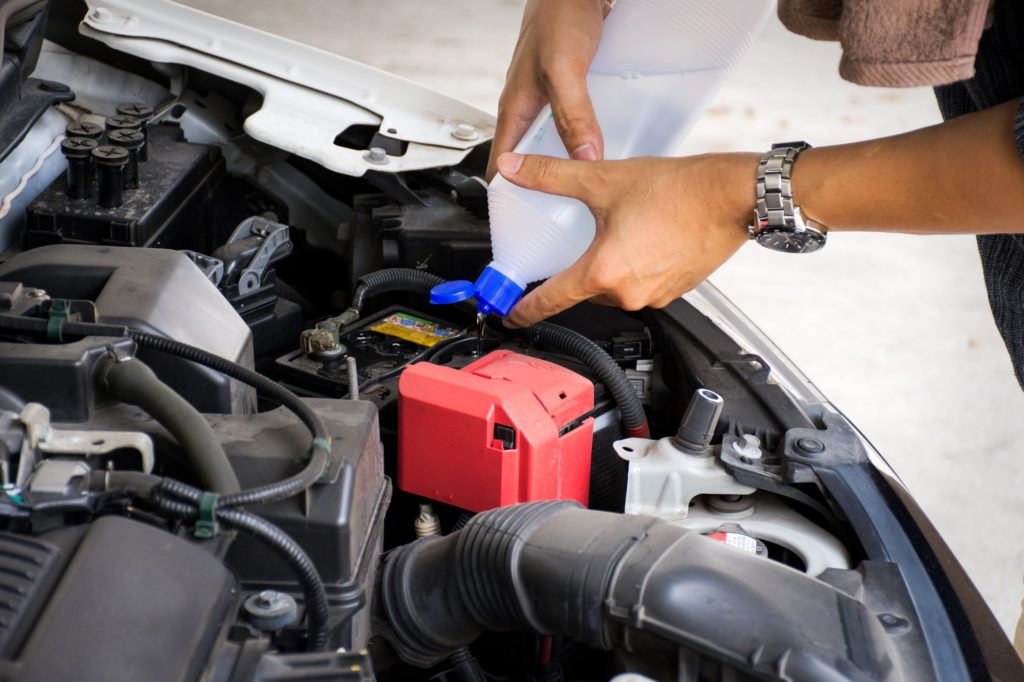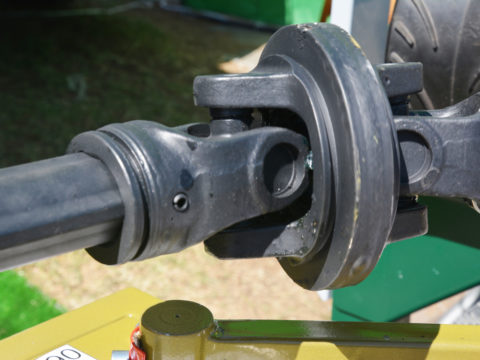Transmission fluid is one of the essential components of a transmission system. It’s the fuel behind the transmission system’s overall performance.

The primary function of the transmission fluid is to lubricate all the metal parts of the transmission system. But it also performs other duties for the optimum functioning of the system. It maintains fluid pressure, prevents parts from rusting, prevents oxidation, acts as a coolant in cars with automatic transmissions, and conditions the gasket.
Now that you understand the importance of this fluid, there shouldn’t be a debate about whether you should change it or not. The truth is that transmission fluid should be changed at the right time, depending on your car’s manual.
If you fail to change your vehicle’s transmission fluid as required, the old fluid will eventually damage the transmission. Remember, it’s much more expensive to replace the transmission than to purchase fresh transmission fluid.
Here is an accurate picture of what will happen if you don’t change your transmission fluid.
It’s normal for a car to experience some signs of wear and tear on its parts. When this happens, some small particles usually get transmitted in the process, getting trapped in your transmission fluid.
Debris will make the transmission fluid dirty with time, causing slipping on the transmission system. Besides slipping, the transmission can also refuse to go into gear, or if it goes, it gets stuck inside. These signs are enough evidence to show that your transmission needs replacement.
Contents
How Often Should You Change Your Transmission Fluid?
Depending on the manufacturer’s recommendation, how often you should change your transmission fluid varies from one vehicle to the other. For this reason, to know for sure what your vehicle recommends, you should check your owner’s manual.
That said, the interval lies between 30,000 miles and 60,000 miles for most manual transmissions. On the other hand, you should change fluids in automatic transmissions after 60,000 miles to 100,000 miles.
If you can’t get your owner’s manual, you can still determine when to change your transmission fluid using a dipstick. Use this method with the engine still running. The dipstick should be under the car’s hood.
The dipstick has markings indicating the levels in which the transmission fluid should be changed, but the fluid color will help you the most. After dipping the dipstick in the fluid pan and it comes out bright red, you don’t need to change it yet. However, if the transmission fluid color changes to brown, it’s dirty and will soon damage the transmission. Therefore, you should change it.
Transmission Fluid Change Costs
On average, transmission fluid change costs between 80 dollars and 250 dollars. This average includes the cost of changing the filter and gasket. You might need to replace these two components when changing your transmission fluid. A new filter ranges from 20 to 30 dollars, while a gasket is 75-150 dollars.
Also, note that most transmission fluids sell at 8-20 dollars per quart, with most vehicles taking about 5-15 quarts.
Factors That Affect Cost of Changing Transmission Fluid
Several factors will affect the cost of changing the transmission fluid, including:
- Where you take your car for the transmission fluid change. At the mechanic or dealer?
- Your car’s make and model. If you own a high-end vehicle, expect to pay more for the transmission fluid change
- How much transmission fluid your vehicle can take. The amount varies depending on your vehicle’s transmission
- The type of transmission fluid you’re buying
- The labor cost
An auto mechanic will not charge you as much as a dealer. But if you’re a DIY enthusiast and willing to get a little dirty, changing your transmission fluid could cost you 50-100 dollars.
Where to Get Your Transmission Fluid Change
Here is a guide on where you can get your transmission fluid changed. There are also prices to compare for anyone who doesn’t want the DIY option.
| Service Center | Type of Service | Average Price |
| Jiffy Lube | For the automatic fluid and filter changeManual transmission fluid changeT-TECH Transmission ServiceT-TECH Combo (plus new filter)Transmission Drain and Fill (minus the oil) | 149.99 dollars 49.99 dollars 145 dollars 160 dollars 55.99 dollars |
| Valvoline | Typical transmission fluid change ( automatic and manual) | Ranges between 119-179 dollars |
| Pep Boys | Automatic Transmission Fluid Change Service PackageAutomatic Transmission Complete Fluid Exchange Service Package with New Fluid | 129.99 dollars 179.99 dollars |
| Nissan | Offers full transmission service | 189.95 dollars |
| Mercedes | Complete transmission fluid change | 500-900 dollars |
| Toyota | Toyota Camry transmission fluid change | 170-200 dollars |
| Goodyear | Transmission fluid service (dependent on vehicle model) | Ranges from 200 to 400 dollars |
| Walmart | Offers transmission fluids from different manufacturers | Ranges from 6-40 dollars |
Transmission Fluid Change vs. Transmission Fluid Flush

Both transmission fluid change and transmission fluid flush processes will ensure your transmission remains in perfect condition. They do so by preventing the buildup of dust in the transmission fluid.
But what is the difference between these two processes, and how much does each cost?
Transmission Fluid Change
As the name suggests, transmission fluid change is the process of removing the dirty transmission fluid from the pan and replacing it with new fluid. However, some of the old fluid remains in the transmission pan. To know when to change your transmission fluid, you must pay close attention to its color.
When the transmission fluid is still new, the color is bright red. But over time, dirt buildup and heating will make the fluid change. If the color has turned brown, then it’s about time you change the fluid.
Your owner’s manual will also lead you on when and how to change your transmission fluid. The average transmission fluid change cost (manual and automatic) is about 100 dollars.
Transmission Fluid Flush
Transmission fluid flush replaces all the old fluid from the system with new.
Unlike a fluid change, a transmission fluid flush involves draining all the old fluid and adding fresh fluid. Most auto mechanics recommend that you do a transmission fluid flush after every 60,000 miles. However, some signs may compel you to do it even before covering the above mileage.
This procedure helps your transmission run smoothly and efficiently since all the dirty and old fluid is first drained out before adding new. The average cost for this service is 150 dollars.
FAQs
Finally, let’s wrap up with some frequently asked questions about transmission fluid change costs.
How do I change my own transmission fluid at home?
It’s possible to change your transmission fluid at home and avoid paying extra costs for labor. Here is a guide to changing your car’s transmission fluid.
- The first step is to jack your car up, especially the front part, and while at it, ensure you secure it safely in position using a jack stand.
- The next process is to locate the bottom of the transmission system and remove the drain bolt. Ensure the drain pan is in place before loosening this bolt. The purpose is to drain the old transmission fluid into the pan.
- You must also change the filter for this process to be complete, but you must first remove the pan to reach the filter. Loosen the bolts on the pan, change the filter, then return the pan in place.
- Finally, you can tighten the drain bolt and refill it with new transmission fluid through the transmission fluid cap. Add the same amount of old transmission fluid you drained earlier.
Is a transmission fluid change worth it?
Knowing the price of buying and replacing a new transmission system is enough to tell you whether transmission fluid change is worth it or not. Changing your transmission is much more expensive than the transmission fluid change, with the cost ranging from 1,500 to 3,500 dollars.
For this reason, it’s better to spend between 80-250 dollars after every 30,000 to 60,000 miles than wait to replace the whole system. Transmission fluid change is undoubtedly worth it.
How do I know when I need to change transmission fluid?
Several symptoms will tell you that you should change your transmission fluid. These are:
- Difficulty when shifting between gears
- Your gear starts to slip
- The transmission gets locked in the gear
- Your transmission refuses to go into the gear completely, no matter how much you try
- Irregular gear shifts
- The transmission gets overheated
- Unusual noises like grinding/knocking from the transmission
- Your vehicle stalling
Never assume or delay changing your transmission fluid upon noticing the above signs. If you do so, the transmission will get damaged completely, compelling you to replace it.
How do I check automatic transmission fluid?
Here is how to check automatic transmission fluid using a dipstick.
For those with rear-wheel-drive cars, the dipstick is located towards the rear of the in-line engine. If you own a car with front-wheel drive, consider finding the dipstick from the transaxle. Once you locate it, you can follow the below steps to check your automatic transmission fluid.
- First, ensure the engine is on and warm. The gearshift should be in neutral and the parking brake on.
- Now, check the automatic transmission fluid by dipping your index finger in the fluid on the dipstick to determine its color and smell. As mentioned above, transmission fluid that is still in perfect condition should be bright red/pink and not smell burnt. If what you get on the dipstick smells burnt and is brown, you should get the transmission fluid changed.
- Besides checking the condition of the automatic transmission fluid, you may also want to determine the level. Dipsticks have different levels indicated on them, telling you when to change or add and when you still have enough.
- Using a clean cloth, wipe your dipstick, then reinsert it to check the level. If you notice that the automatic transmission fluid hasn’t reached the maximum level after pulling the dipstick out, you can use a funnel to refill it.
Before refilling, you may want to confirm the correct transmission fluid for your transmission from the owner’s manual. Alternatively, a professional mechanic or dealership can help you figure that out.
Is it bad to change transmission fluid on high mileage?
It’s quite risky to change transmission fluid on high mileage. Avoid doing it by all means unless the transmission fluid is first-rate and your transmission is still running smoothly. Otherwise, your transmission will soon fail.














